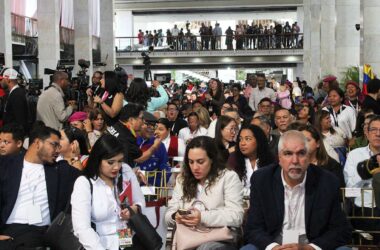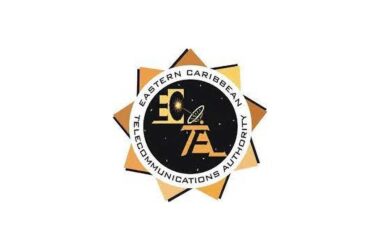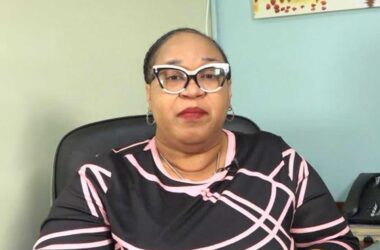The Saint Lucia National Trust (SLNT) Wednesday hosted two stakeholder consultations as part of an ecological assessment of the Ma Kôté mangrove forest being undertaken by the Institute of Marine Affairs based in Trinidad and Tobago.
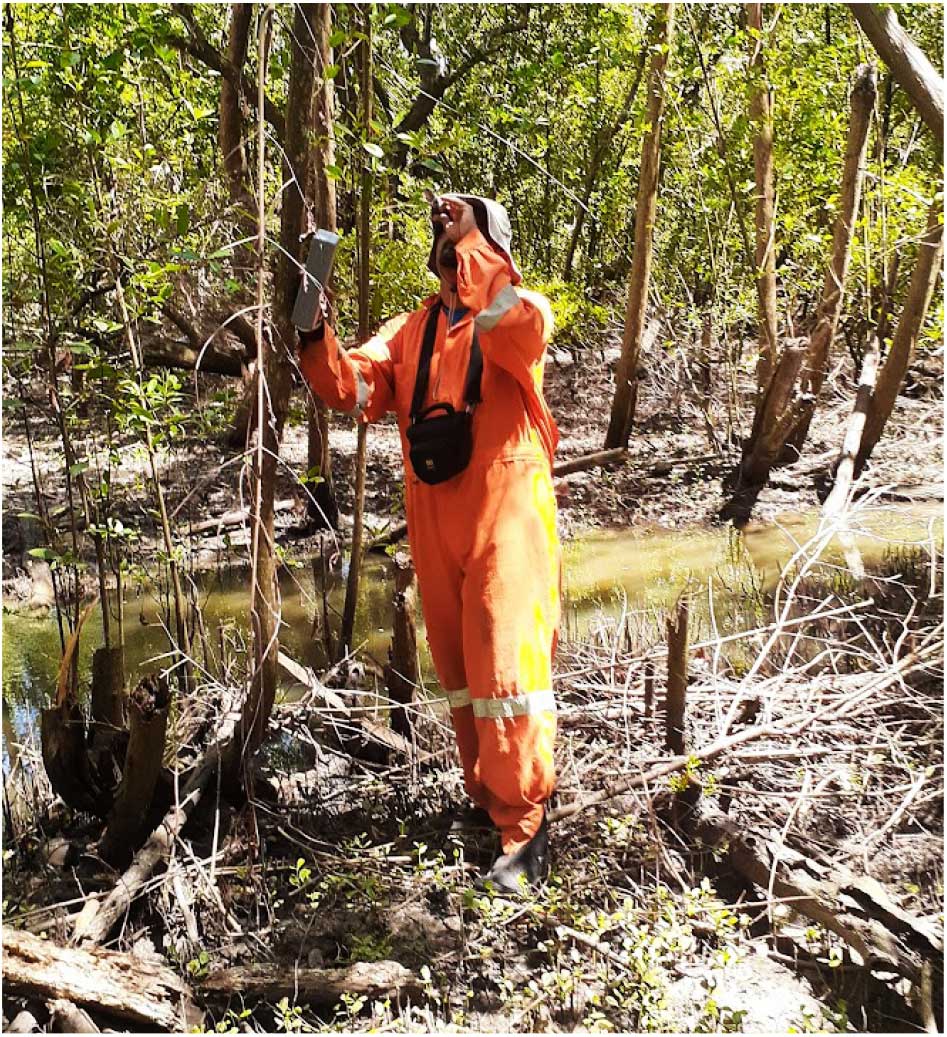
A ground-truthing exercise undertaken by the SLNT in 2015 which saw the Departments of Forestry and Fisheries, and the Aupicon Charcoal and Agricultural Producers Group confirming a severe case of mangrove die-back which had first been revealed through Google Earth imagery. However, satellite images showed that a die-back was present from as far back as 2010.
The team of consultants from the Institute of Marine Affairs began their research on the die-back in the Ma Kôté mangrove forest on 16th October 2021 and have been recording data and collecting water and soil samples in various locations of the forest in order to ascertain the cause of the die-back.
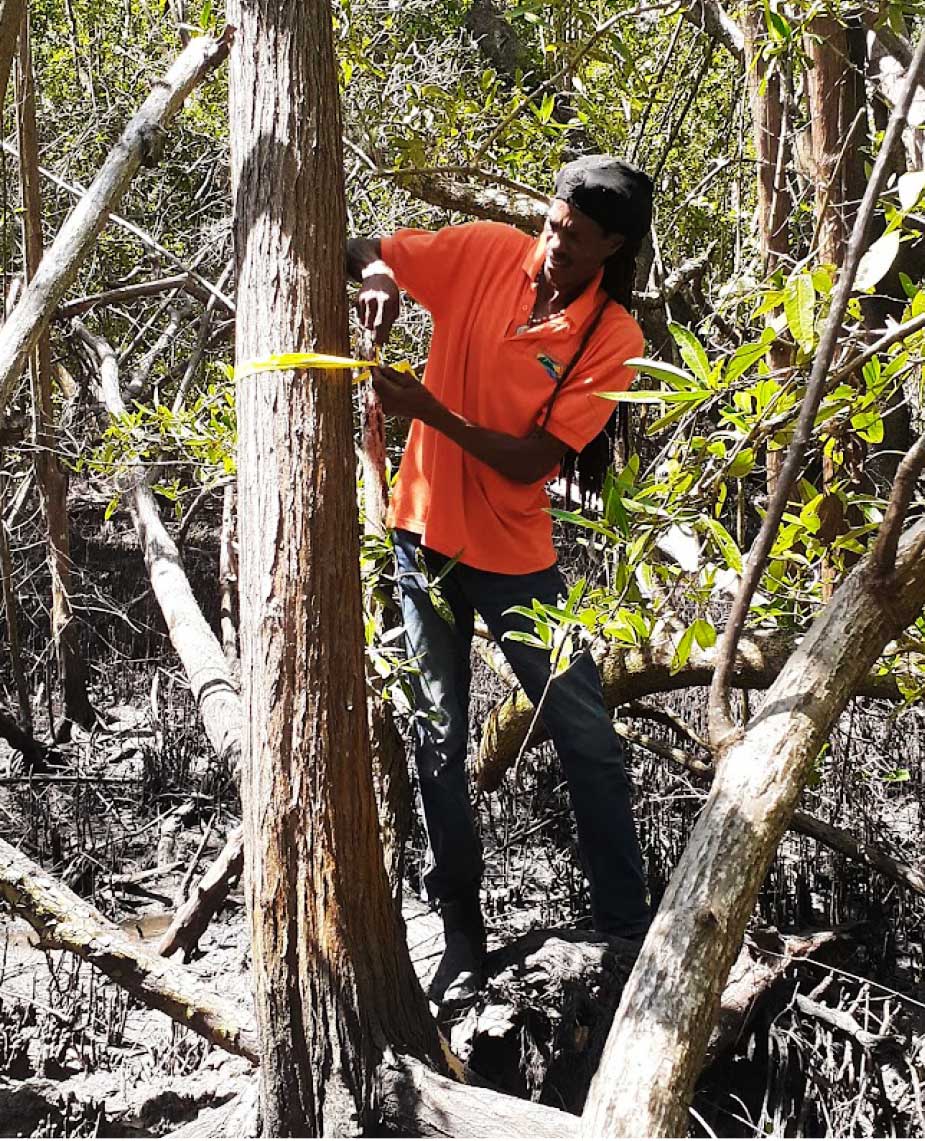
The purpose of the consultations was to present some of the preliminary observations made thus far, as well as to obtain historical information from stakeholders which would assist in identifying changes that have taken place in the area and to establish correlations.
The first stakeholder consultation was held virtually and the participants comprised representatives from the agencies with co-management responsibility for the Pointe Sable Environmental Protection Area (PSEPA), including the Departments of Forestry, Infrastructure and Sustainable Development, the National Conservation Authority, the GEF South East Coast Project, Invest Saint Lucia, Saint Lucia Solid Waste Management Authority and Saint Lucia Air and Sea Ports Authority.
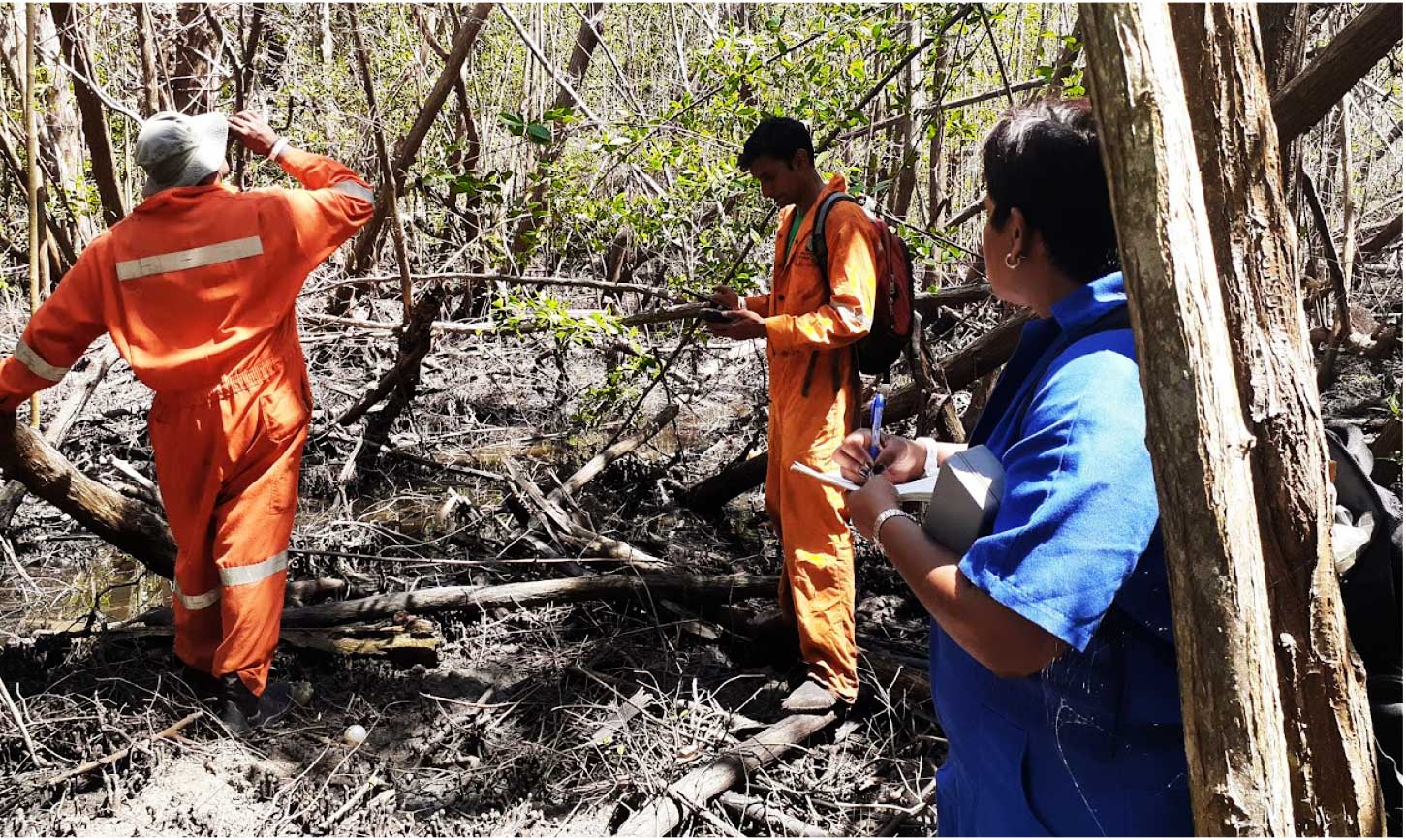
The second consultation included mainly direct beneficiaries of the ecosystem services provided by the Ma Kôté mangrove forest and included Seamoss farmers, bee keepers and representatives from the Aupicon Charcoal and Agricultural Producers Group.
In addition to the research and consultations conducted thus far, a field exercise with key resource management agencies was held Thursday. The aim of this exercise was to examine the fresh water sources feeding into the mangrove forest and to identify potential factors that may be contributing to the die-back.
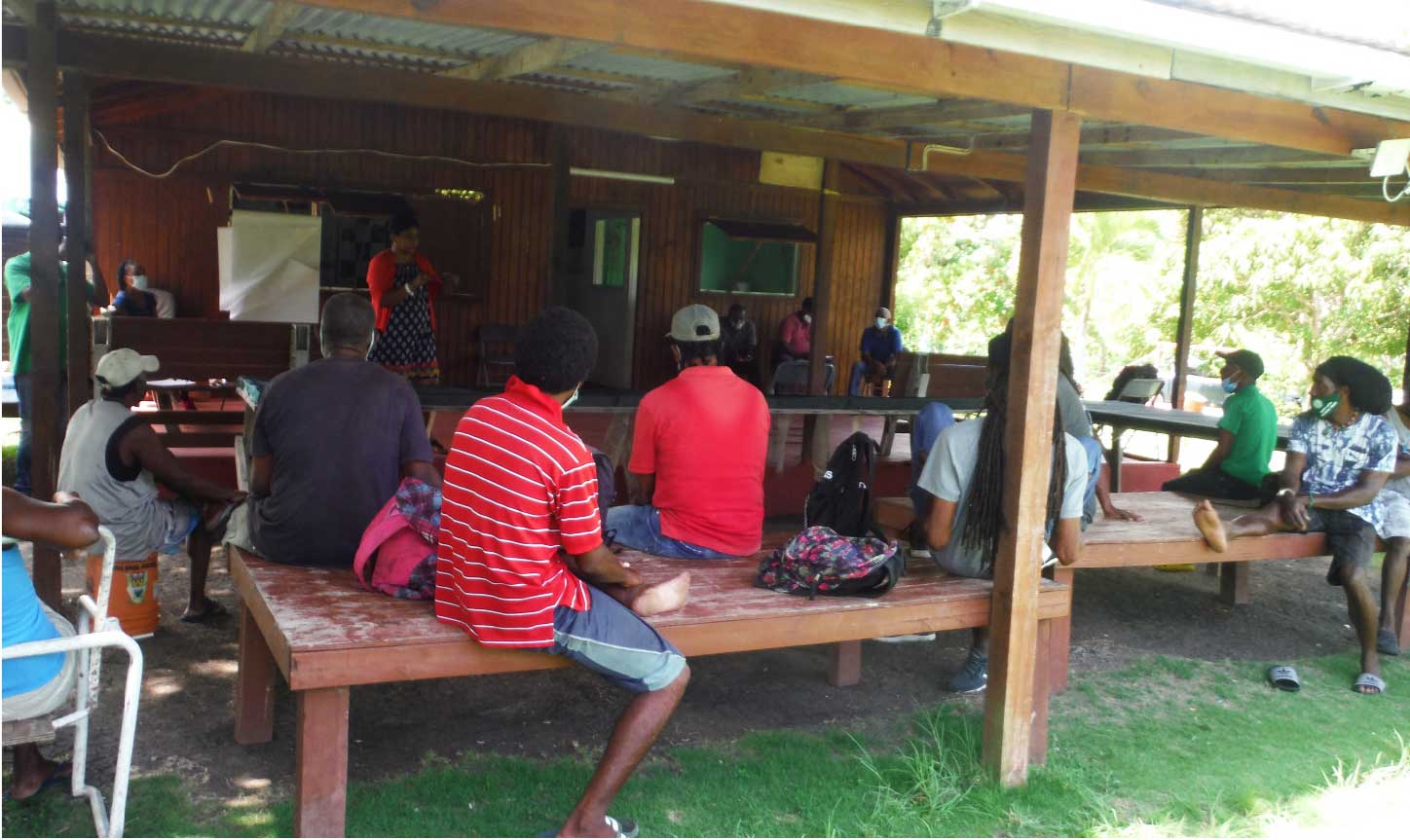
Upon the identification of the causal factors of the die-back in the Ma Kôté mangrove forest, the Institute of Marine Affairs will develop a rehabilitation and monitoring plan for the forest.


